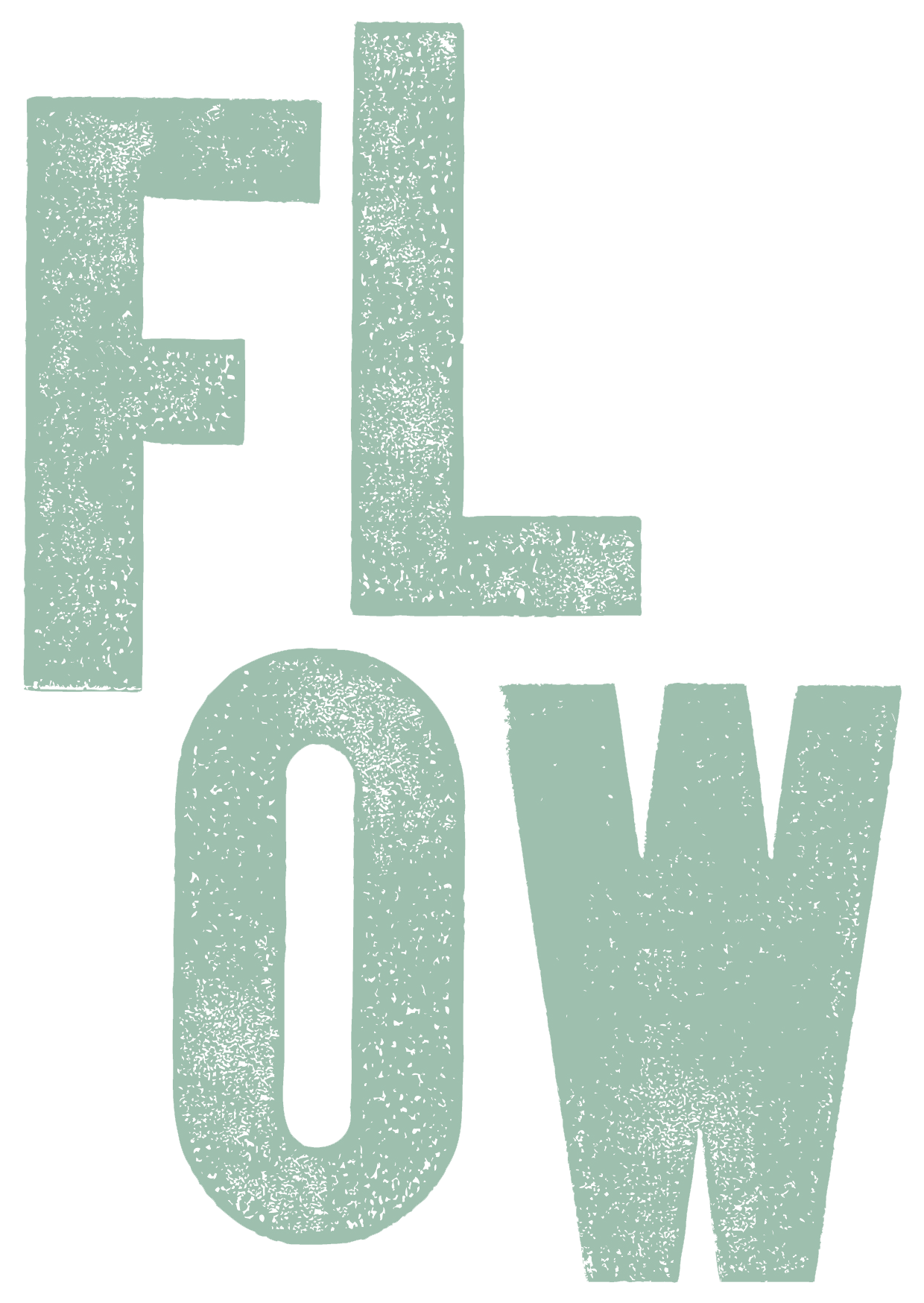Flow’s first show of 2024 presents new work by Irish basketmaker Joe Hogan – a collection of “nests” that exemplifies the development of his conceptual practice, exploring biodiversity, the sense of wonder that wild nature brings, and the interconnectedness of all living things. Starting in 2012, his nest series began small, before he expanded them into a larger and more sculptural scale. “Nesting” can refer to the making of a nest, or the finding of one.
“ The nests celebrate the lives of birds and also explore what it means to be “at home in the world”. We have lost the feeling that we too are part of nature. I wanted to make objects that might, in some vague way, rekindle our connection with the world of twigs and stones and remind us of the joyful surprise we might feel when we encounter nature’s abundance. ”
Joe Hogan
Since 1978, Joe Hogan has been working from Loch na Fooey with locally sourced natural materials to make indigenous Irish baskets. The nests he began creating over a decade ago add another dimension to his practice, allowing him to contemplate more deeply mankind’s relationship to the natural world.
Using his experience with materials such as heather, birch, larch and lichen, “the aim has not been to copy the nests of various bird species, but rather to make nest-like objects which prompt the feeling that we are looking at a bird’s nest, and thus evoke some of the feelings of joy and wonder which might accompany the finding of nests in the wild,” he writes. In this way, he seeks to capture the “sense of wonder” that ecologist Rachel Carson remarked is the greatest gift that can be given to a child.
Hogan’s nest-making presents his sustained exploration of the “great web” that Chief Seattle described – the interconnectedness of living things. The process of making nests has become a project through which Hogan seeks to explore and educate himself on the consequences of disturbing the delicate balance of ecosystems. By engaging with the diverse writings of poets, environmentalists and indigenous thinkers, Hogan has woven together a conceptual framework that gives his nests as much symbolic value as they are objects of wonder.
Although the works consciously speak to the loss of biodiversity and mankind’s ecological impact, Hogan remains hopeful that reigniting a sense of belonging can repair our relationship with nature. Ideas of “home” are also inherent in his nests, prompting Hogan to think of migration, homelessness, and a world of borders – and “what we could learn from the birds to realise the connections that bind us.”
Hogan has written in depth about his ideas behind making nests, the full text of which can be read here.






